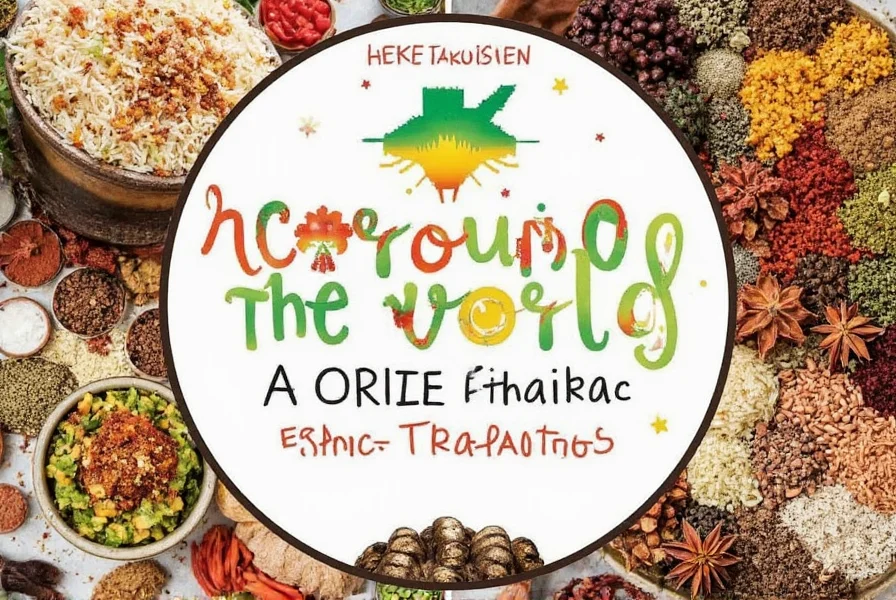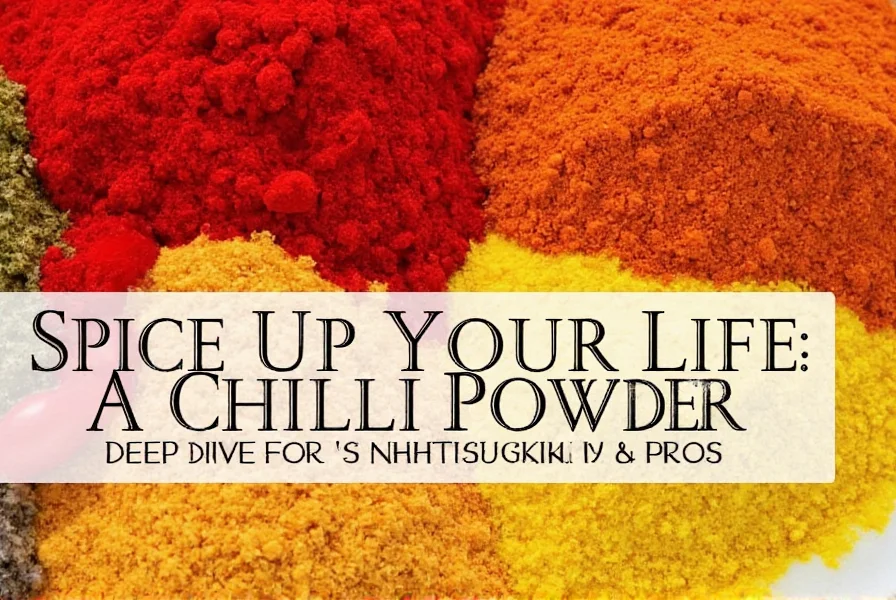Table of Contents
Quick Answer: How to Use Chilli Powder Correctly
Chilli powder should be used sparingly at first, starting with 1/4 teaspoon per dish, then adjusting to taste. For maximum flavor, toast the powder briefly in oil before adding other ingredients. Pair with acidic ingredients like lime juice to balance heat, and always combine with complementary spices like cumin and garlic. Different types serve different purposes: mild powders like ancho work in chocolate dishes, medium-heat chipotle enhances meats, while cayenne adds intense heat to sauces.
Types of Chilli Powder and Their Heat Levels
Understanding chilli powder varieties is crucial for proper usage. Each type has distinct flavor profiles and Scoville heat units (SHU) that determine its culinary applications:
| Type | Scoville Heat Units | Flavor Profile | Best Uses |
|---|---|---|---|
| Ancho | 1,000-2,000 SHU | Sweet, fruity, mild smokiness | Mole sauces, chocolate dishes, vegetarian recipes |
| Chipotle | 2,500-8,000 SHU | Smoky, earthy, medium heat | BBQ rubs, chili con carne, bean dishes |
| Cayenne | 30,000-50,000 SHU | Sharp, intense heat | Hot sauces, stir-fries, Cajun dishes |
| Smoked Paprika | 0-2,500 SHU | Deep smoky flavor, minimal heat | Roasted vegetables, paella, marinades |
| Mexican Chili Powder | Variable (blended) | Complex, earthy, moderately spicy | Tacos, enchiladas, traditional Mexican dishes |
Complete Guide to Using Chilli Powder in Cooking
Professional chefs use specific techniques to maximize chilli powder's potential while avoiding common mistakes:
Dos and Don'ts of Chilli Powder Usage
- DO add early for infused flavor: Add to hot oil for 30 seconds before other ingredients to release essential oils
- DO pair with acid: Balance heat with 1-2 teaspoons of lime juice or vinegar per teaspoon of chilli powder
- DO combine with complementary spices: Create professional blends with 2 parts chilli powder, 1 part cumin, 1/2 part garlic powder
- DON'T add directly to finished dishes: Results in gritty texture and uneven heat distribution
- DON'T store above the stove: Heat and moisture degrade potency within 3 months
- DON'T use expired powder: Loses 50% of potency after 6 months; test freshness by aroma strength
Advanced Usage Techniques
- Temperature-controlled blooming: Heat chilli powder in neutral oil at 300°F for 45 seconds to maximize flavor compounds without burning
- Layered heat approach: Combine different chilli types (e.g., ancho for depth + cayenne for kick) for complex heat profiles
- Moisture activation: Mix with 1 teaspoon water before adding to dry rubs to prevent clumping and ensure even distribution
- Counteracting excessive heat: For over-spiced dishes, add 1/4 cup full-fat coconut milk or 2 tablespoons honey per serving
Buying Guide: How to Choose Quality Chilli Powder
Most grocery store chilli powders contain fillers that compromise flavor. Follow this professional buying checklist:
| Quality Indicator | What to Look For | Red Flags |
|---|---|---|
| Ingredient List | Single ingredient: "Chili Peppers" | Contains cornstarch, salt, or anti-caking agents |
| Color | Bright, vibrant red (not brownish) | Dull, faded appearance |
| Aroma | Strong, complex scent when opened | Little to no aroma |
| Texture | Fine, uniform powder (no lumps) | Clumpy or overly coarse |
| Expiration Date | Less than 6 months from production | No date or over 1 year old |
Top Verified Brands by Use Case
- Authentic Mexican Cooking: Frontier Co-op Ancho Chili Powder - single-origin, no additives, perfect for mole sauces
- High-Heat Applications: McCormick Cayenne Pepper - consistent 35,000 SHU, ideal for hot sauces
- Smoke Without Heat: La Dofa Smoked Paprika - traditionally smoked over oak, zero heat, maximum flavor

Frequently Asked Questions About Chilli Powder
Here are evidence-based answers to the most common chilli powder questions:
- What's the precise difference between chilli powder and cayenne pepper?
- Chilli powder is typically a blend of ground chilies and spices (like cumin and garlic), while cayenne pepper is pure ground cayenne chili with no additives. Cayenne averages 30,000-50,000 Scoville units versus chilli powder's 500-5,000 range.
- How much chilli powder equals fresh chilies?
- Use this conversion: 1 fresh medium chili = 1/2 teaspoon chilli powder. For precise heat matching, consult the Scoville rating on packaging.
- Why does my chilli powder taste bitter?
- Bitterness occurs when chilli powder burns. Always add to oil below 350°F and cook for no more than 60 seconds. If already bitter, add 1/4 teaspoon sugar per teaspoon of powder.
- What's the science behind cooling spicy food?
- Capsaicin (the heat compound) is oil-soluble, not water-soluble. Dairy products work best because casein protein binds to capsaicin. Full-fat dairy is 3x more effective than low-fat versions.
- How to test chilli powder freshness at home?
- Place 1/4 teaspoon on tongue: fresh powder creates immediate tingling that builds for 10 seconds then fades. Stale powder has delayed reaction or no sensation.
Conclusion
Mastering chilli powder requires understanding its science, not just following generic tips. The key is selecting the right type for your dish's flavor profile, using precise measurements based on Scoville ratings, and applying professional techniques like proper blooming temperature. By following these evidence-based methods, you'll achieve restaurant-quality results that balance heat, flavor, and complexity. Remember that freshness is critical—replace powder every 6 months for optimal potency. With this knowledge, you can confidently elevate any dish with perfectly calibrated chilli powder usage.











 浙公网安备
33010002000092号
浙公网安备
33010002000092号 浙B2-20120091-4
浙B2-20120091-4